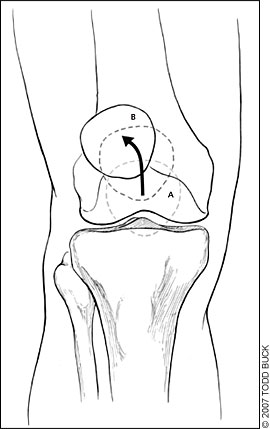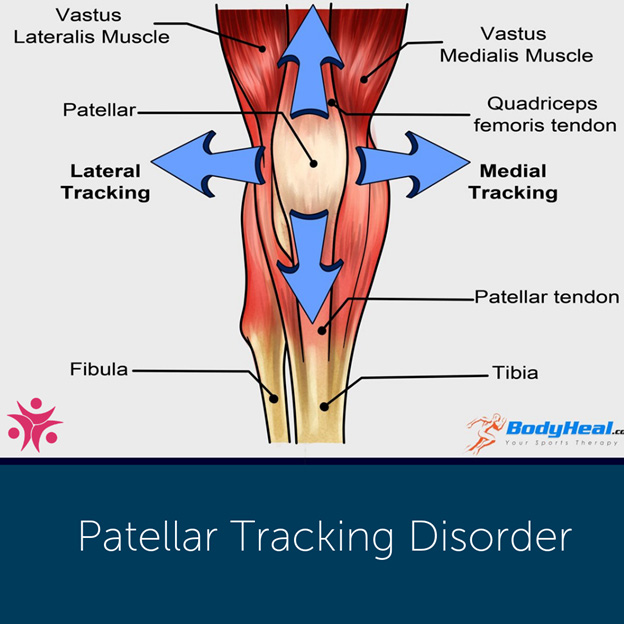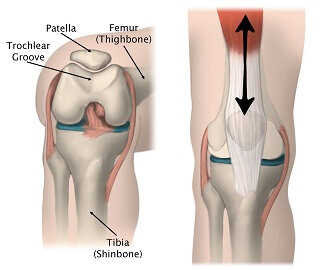
Download scientific diagram | Passive (a) and active (b) patellar tracking. from publication: EXAMINATION OF THE PATELLOFEMORAL JOINT | Patellofemoral pain is one of the leading causes of knee pain in athletes. The many causes of patellofemoral pain make diagnosis unpredictable and examination and treatment difficult. This clinical commentary discusses a detailed physical examination routine for the patient | Clinical Reasoning, Joints and Pain | ResearchGate, the professional network for scientists.

Top 3 Reasons to Use Yoga for Active Recovery

Management of Patellofemoral Pain Syndrome

The Ultimate Guide To Patellar Tracking Disorder

Patellar instability can be classified into four types based on patellar movement with knee flexion: a three-dimensional computer model analysis - ScienceDirect

A) Osteotomy of the tibial tubercle was performed, and the tibial

Patellar Tracking Disorder Patellofemoral Tracking Syndrome

Frontiers A Fully Soft and Passive Assistive Device to Lower the Metabolic Cost of Sit-to-Stand

EXAMINATION OF THE PATELLOFEMORAL JOINT. - Abstract - Europe PMC

EXAMINATION OF THE PATELLOFEMORAL JOINT. - Abstract - Europe PMC

EXAMINATION OF THE PATELLOFEMORAL JOINT. - Abstract - Europe PMC

PATELLAR TRACKING — Hip & Knee Book







